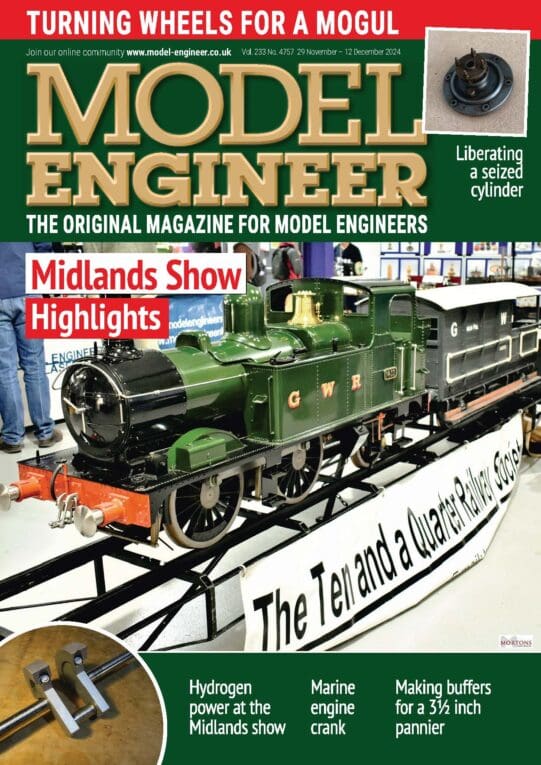Richard,
Do those idea’s apply only to firetubes, or to water tubes as well?
I believe I have read that the stroke rate of a cylinder, if it was designed for absolute efficiency, should either be significantly slower ( in the 10’s of strokes per minute ) or significantly faster, in the 000’s of strokes a minute, and that the middle ground inhabited by Loco’s is a poor choice. I have read this in at least two different places now, but can’t currently find either one….
Is there any truth in that? It would suggest some type of gearing would be needed, which have never ( to the best of my knowledge ) ever existed on a full sized train.
I was also thinking about the drafting of a boiler. As I understand it, IMLEC is all about efficiency. Strong drafting of a boiler will certainly get the fire burning hotter, but also – I suspect – lead to a lot more heat disappearing up the chimmney. In my car, the engine designers have looked to eek out ever watt of power from the fuel in the name of efficiency, even to the point of re-burning some of the exhaust gases ( although this also helps with emissions ).
Would I be right in thinking that, if looked at purely in terms of efficiency – how much power can come out of a fixed amount of coal and turned into rotational work on a track – then there would be a careful balance to strike between too little draft and too much?
Alf Jones.





